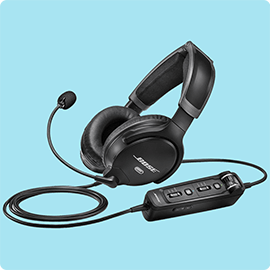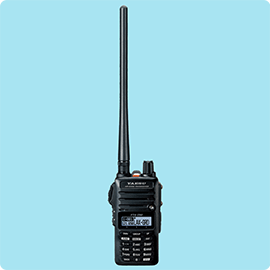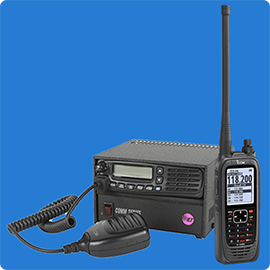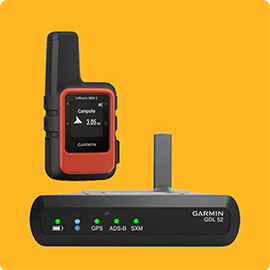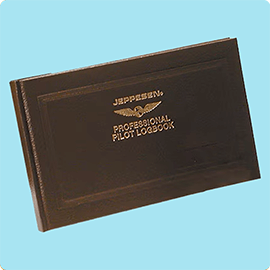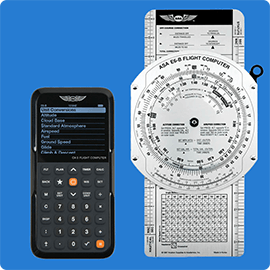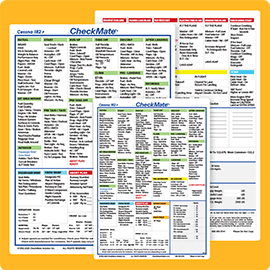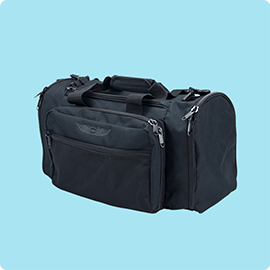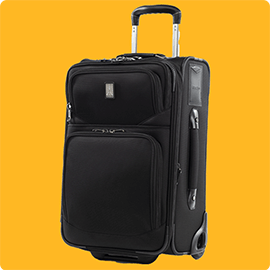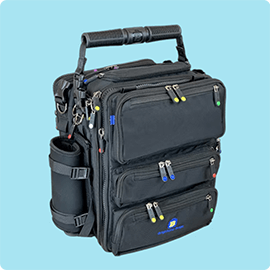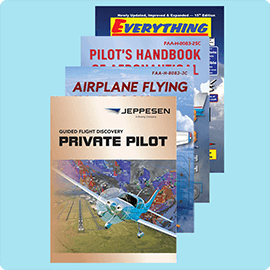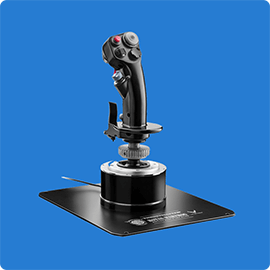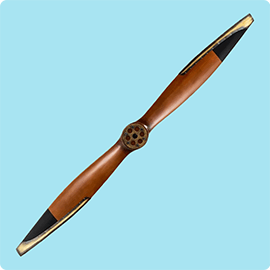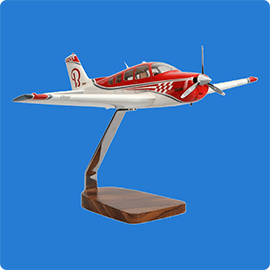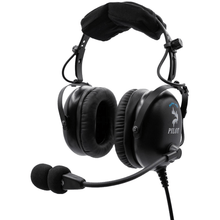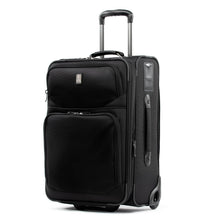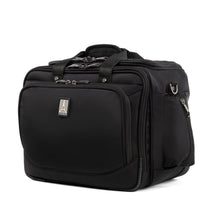The Pre-Flight Briefing - Pilot Shop Blog

Pop-up IFR Clearance: 7 Tips On How To Properly Request One
As you're peacefully navigating on your flight path, you notice unexpected clouds forming below. Thankfully, you have an IFR rating and the necessary equipment for instrument flying. Unfortunately, you realize that you didn't file an IFR plan with flight service. But don't panic! The FAA has a solution for situations like this: a pop-up IFR clearance.
In this guide, we'll cover 7 of the important details you need to know about requesting this type of clearance.

Cloud Ceilings: What Pilots Should Know (Complete Guide)
For new student pilots, weather reports can be tricky to understand. They use terms that we don't often hear in our everyday lives. One of those terms is "cloud ceilings". This may seem like a strange phrase, but it's actually very important for new pilots to know if they want to read weather reports (METARs) correctly.
In this article, we'll break down what cloud ceilings are and help you understand them better.

Pre-Departure Clearance Guide (PDC): What it is & How it Works
Unless you're a commercial pilot for an airline, the term "Pre-Departure Clearance" may be unfamiliar to you. But what exactly is it and how does it affect private pilots? Although it has some similarities to an IFR clearance, there are also significant differences.
In this guide, we'll cover everything you need to know about a pre-departure clearance, from what they are to how to request them.

How Do Helicopters Fly? (The Aerodynamics Explained)
The idea for the helicopter has been around since the 15th-century when Leonardo da Vinci sketched his diagram of an “aerial screw.” Additional theoretical designs were conceived over the following centuries, but first-generation working helicopters weren’t built until the early 1900s around World War I. These early models were unstable and unreliable. It wasn’t until 1939 that Igor Sikorsky finally produced the first truly functional and practical helicopter—the VS-300.

Contact Approach: What It Is, Requirements & How To Fly It
The term "Contact Approach" might sound pretty straightforward—simply contact approach control on the designated frequency.
Unfortunately, that'd be the wrong assumption, this phrase refers to a specific type of approach request that IFR pilots must become familiar with in case they need it during landing at their destination airport.
In this article, we will get into all the details and clear up any confusion surrounding contact approaches.
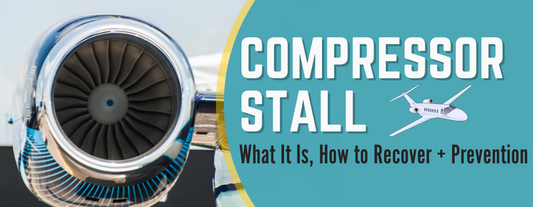
Compressor Stall: What It Is, How to Recover + Prevention
As your jet plane turns onto the runway you eagerly anticipate the takeoff. Suddenly, you are startled by a loud bang and flash of fire from one of the engines. What's going on? Is everything alright?
In this article, we'll delve into the world of compressor stalls—what they are, how to handle them, and how to avoid them altogether.

7 Mid-Air Collisions That Changed Aviation History (w/ Pictures)
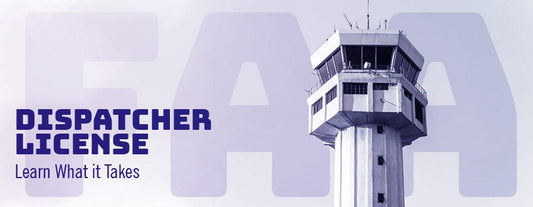
Acquiring an FAA Dispatcher License - Learn What it Takes
Do you love aviation and flying, but don't want to be a pilot? Well, let me introduce you to the exciting role of an aircraft dispatcher. Aircraft dispatchers are the heroes behind the scenes that keep everything in aviation operating smoothly.
In this article, we'll explore what it takes to become an aircraft dispatcher.

5 Private Pilot Currency Requirements You Need Before Flying
Being a pilot is so much more than just steering a plane, it means that you are committed to safety, preparedness, and meeting the strict pilot currency requirements. You want to ensure that you're not just capable, but fully equipped to navigate the skies and provide a danger-free experience for those onboard.
Pull out your logbooks, because it's time to check if we're set to take on the responsibility of carrying passengers, and reignite the passion for flight.
Shall we begin?
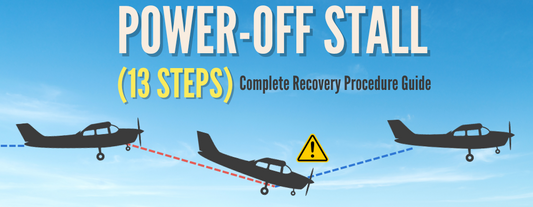
Power-Off Stall (13 Steps): Complete Recovery Procedure Guide
Let's get into a flying maneuver that can make even the most seasoned private pilot break out in a cold sweat: power-off stalls.
These daunting maneuvers require precision and quick thinking, making them an important skill for any student or experienced pilot to master.
Get ready to learn all 13 steps of this nerve-wracking maneuver that keeps us all on our toes.
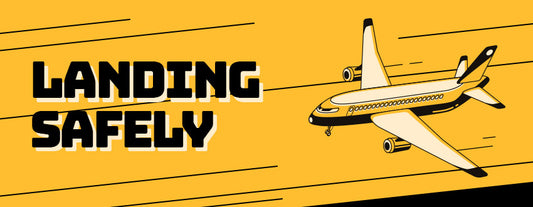
How to Land a Plane Safely Step-By-Step (Video)
There are certain skills that professionals pull off with grace and finesse making them seem deceptively easy to the untrained eye. Landing an aircraft is one of those skills. It may look easy, but we all know the saying, “A good landing is one you can walk away from. A great landing is one after which you can use the aircraft again.” Clearly it isn’t quite so easy, is it?

What Aircraft Maintenance Can You Do Yourself?
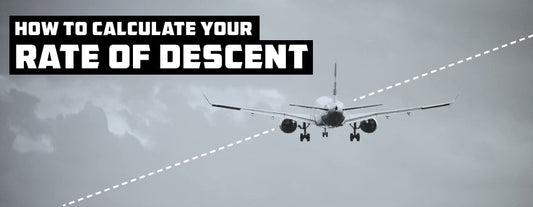
How to Quickly Calculate Your Rate of Descent
A safe, precise landing is the goal of every pilot at the end of their flight, and one of the keys to nailing that perfect landing is approaching it at the proper rate of descent.
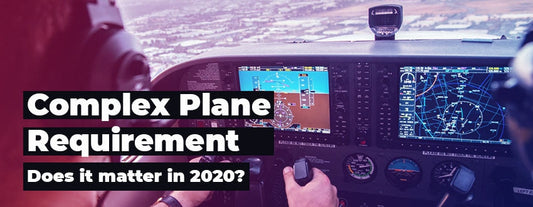
Does the Complex Plane Requirement Matter?
It used to be that if you wanted to earn your commercial pilot certificate (CPL) with single-engine rating or your certified flight instructor certificate (CFI) with single-engine rating, you had to fly a complex plane for your check ride.
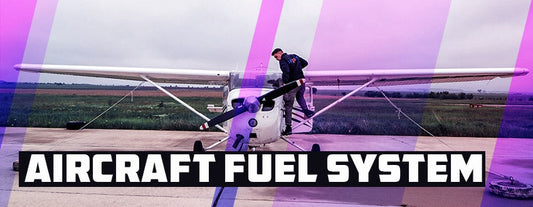
Aircraft Fuel System Design: The Breakdown
We get it-you're not an aircraft mechanic. Your usual level of involvement with your aircraft’s fuel system may be the cringe you make as you pull out your wallet to finance yet another fill-up. Still, it doesn’t hurt for us to build our knowledge base and improve our ability to do some basic troubleshooting if something goes wrong.

Space Force: Understanding the Newest Branch of the Military
Best Sellers
The most popular gear for pilots and aviation lovers.


